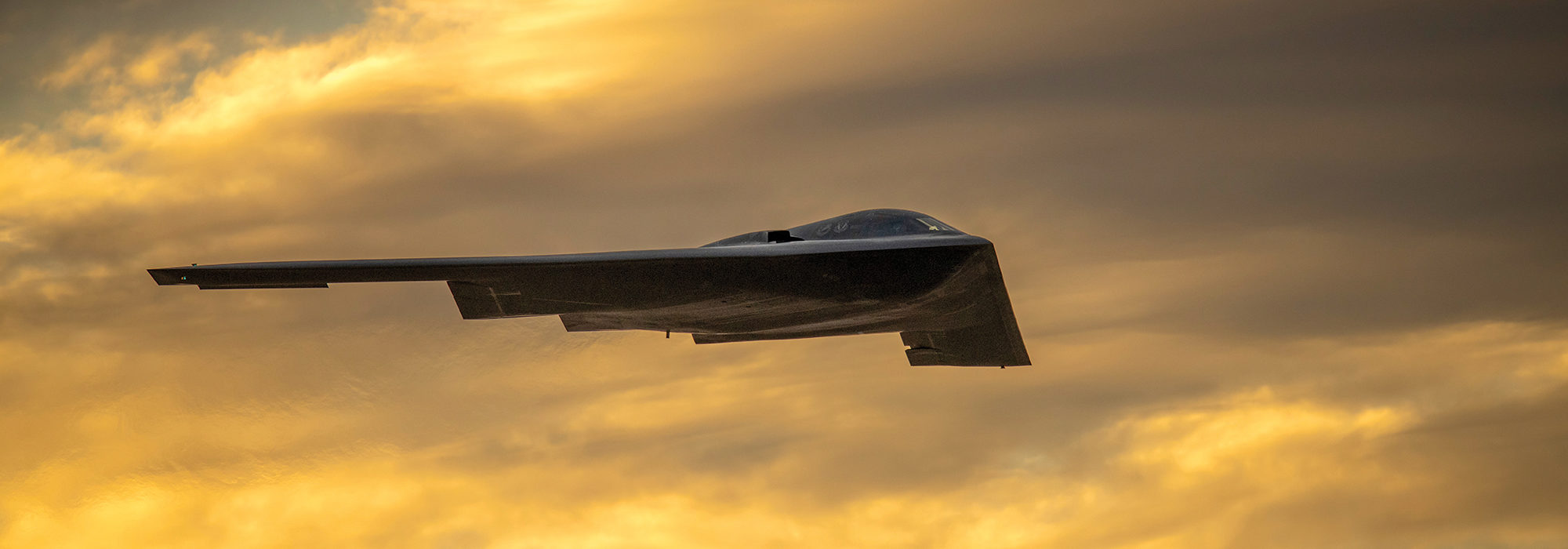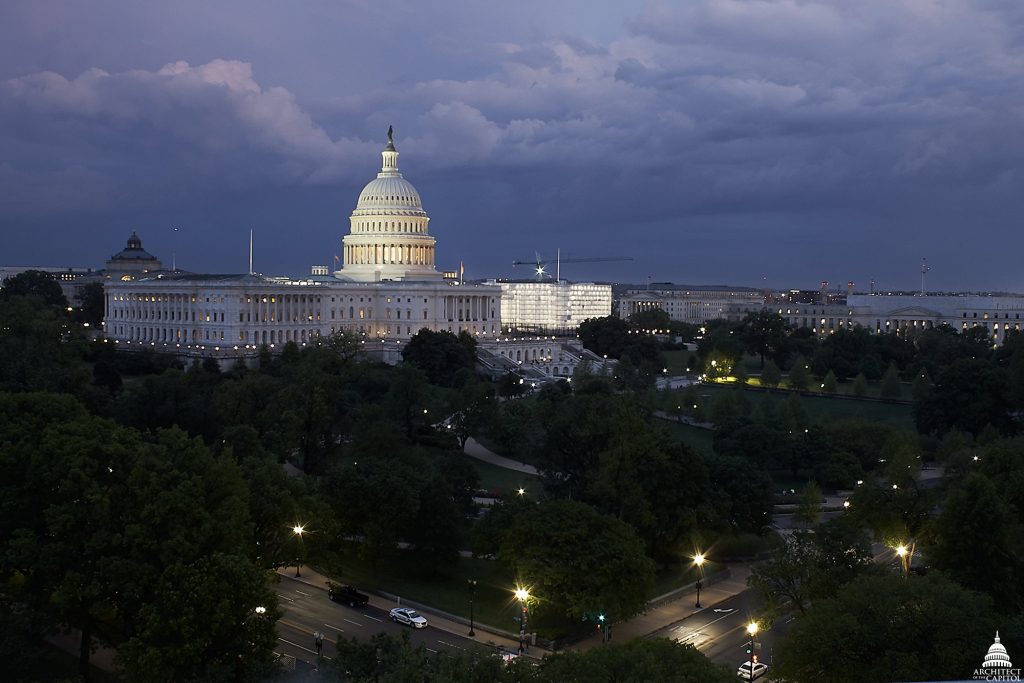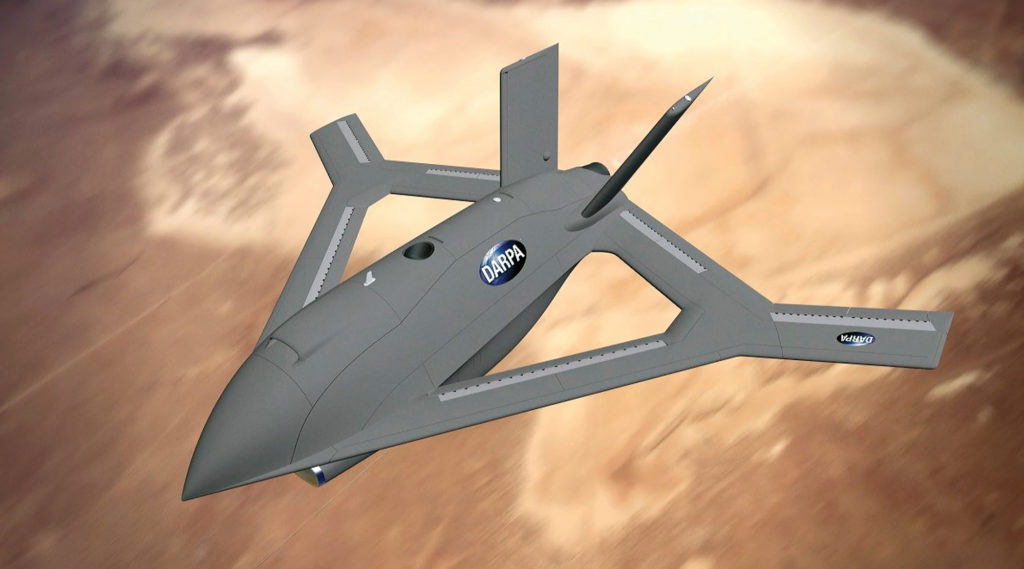‘Safety Pause’ Over, B-2 Returns to Flight
By Chris Gordon
T
he B-2 Spirit returned to the skies May 22 after a six-month break in flying operations due to safety concerns. Air Force Global Strike Command boss Gen. Thomas A. Bussiere approved the move following the completion of an investigation.
“The B-2 fleet safety pause is officially lifted,” Maj. Gen. Andrew J. Gebara, commander of the 8th Air Force, which controls the nation’s strategic bomber fleet, told Air & Space Forces Magazine. “Gen. Bussiere, at my recommendation, made a final determination on the necessary actions taken and approved a return to flight.”
Gebara and other Air Force officials declined to say what the safety issue was or what was done that allowed the service to resume flight operations. “I think that it was really important that we find out what happened and make sure that was all mitigated before you start flying again,” Gebarra said. “That’s what we did.”
Gebara said there would not be onerous restrictions on missions.
“I want them to come back in a disciplined, deliberate manner,” Gebara said. “But we will do full operational missions. So you’re not going to see one loop around and land kind of sorties. It’ll be a normal sortie. I actually am not concerned at all about the mission aspects of the force.”
Air Force officials said the aircraft remained ready during the stoppage to execute missions if needed, serving a critical role as the nation’s only stealth nuclear-capable bomber in service.
“The B-2 fleet could still fly missions if so required,” Gebara said. “Our ability to provide nuclear deterrence never stopped.”
B-2 pilots stayed current throughout the safety pause in the advanced simulators at Whiteman, Air Force Base, Mo., and also increased repetitions in T-38 trainers to practice takeoffs and landings.
Only 21 B-2s were produced, costing over $1 billion per plane, according to the Air Force. One was destroyed in a crash in 2008. Nineteen of the current airframes are at Whiteman—one of which is a test aircraft normally based at Edwards Air Force Base, Calif. One combat B-2 has been parked at Joint Base Pearl Harbor-Hickam, Hawaii, which shares runways with Daniel K. Inouye International Airport in Honolulu after the safety pause went into effect while the aircraft was at the base.
It is unclear what will happen to the B-2 damaged in December. The entire B-2 fleet will eventually be replaced by the B-21 Raider, which like the Spirit, is a stealthy flying wing produced by Northrop Grumman. The first B-21 is scheduled to fly later this year.
House Lawmakers Want to Lock In Guard Fighter Squadrons, But USAF Leaders Are Wary
By Greg Hadley
A new bill in Congress aims to increase the Air Force fighter inventory by setting a minimum number of Air National Guard fighter squadrons and aircraft. But the Air Force worries the measure is too prescriptive and would favor the Guard over Active-duty units.
Rep. Don Bacon (R-Neb.), a retired Air Force brigadier general, is spearheading the proposed “Fighter Force Preservation and Recapitalization Act,” which would require:
- A minimum of 25 fighter squadrons in the Air National Guard, each with at least 18 aircraft;
- Development of a plan to modernize and recapitalize the entire ANG fleet on a one-for-one basis by the end of fiscal 2034;
- Establishment of a plan to field Next Generation Air Dominance fighters in the ANG.
Bacon and a bipartisan group of cosponsors including Reps. John James (R-Mich.), Elissa Slotkin (D-Mich.), and C.A. Dutch Ruppersberger (D-Md.) introduced the bill in May. The issue is parochial for some—Guard A-10 squadrons at Warfield Air National Guard Base, Md., and Selfridge Air National Guard Base, Mich., are slated to stand down in 2025 and 2027. But for Bacon, a former ISR pilot whose home district includes no fighter squadrons, the issue is all about readiness.
“I’m a 30-year Air Force guy, but I’m not a fighter guy, we don’t have fighters in Nebraska,” Bacon told Air & Space Forces Magazine in an interview. “So this is nothing parochial. It’s strictly love of the Air Force and love of our nation’s military.”
The Air Force is retiring both ANG A-10 and F-15C/D squadrons, moves the Air Force has said are necessary to fund intensive modernization across the force. Lawmakers have opposed those plans in the past but more recently have given in to Air Force arguments that divesting aging aircraft not suited to advanced threats is essential to modernizing the overall force. Air Force Secretary Frank Kendall indicated recently he is optimistic that plans included in the fiscal 2024 Air Force budget submission will be approved, clearing the way for further divestments.
But the planned net loss of some 400 fighters over the next five years is too risky, Bacon said.
“As we’re bringing fighters in, I understand you’ve got to take fighters out,” he said. “But they’re doing over 2-to-1. For every new one we’re bringing in, they’re taking out two. So I just think the capacity is going to get too small to deal with China, plus Europe, and presence in other areas. I don’t mind disinvesting. I don’t mind disinvesting out of the A-10. But to do it at a 2-to-1 rate doesn’t make sense to me.”
A senior Air Force official said he understands Bacon’s concerns, but countered that the proposed legislation only makes the service’s job harder.
“What they’re trying to do is start a conversation about [recapitalization] of the fighter fleet in the Air Force,” the official said. “They think it’s getting too small, and I don’t know that we would disagree. The challenge is the physics of fighter procurement right now.”
The Air Force is competing with the Navy, Marine Corps, and a host of allies to acquire new F-35s, and the list of customers is growing. Between 2024 to 2028, the official said, the Air Force can’t buy more than 48 F-35s per year because there isn’t capacity to build any more airplanes. Current plans call for buying 24 F-15EXs for the next three years, then ending production at 104. Another 40 could be had over the following two years but aren’t currently in the service’s five-year plan.
The Air Force official cited two other problems with Bacon’s bill: First, its focus on a minimum fighter fleet for the Guard, but not the Active-duty force, could mean giving new aircraft to the Guard at the expense of front-line forces; and second, that requirement stretches out a decade, while Congress only funds the Air Force year to year.
“The issue is Congress can give us a mandate, but they can only fund it in the budget year, and only if they choose to. They can’t fund it across the [Future Years Defense Plan], and so these mandates wind up [as unfunded],” the official noted.
Bacon said he would work with other members of the House Armed Services Committee and the Appropriations defense subcommittee to ensure the Air Force gets the funds it needs. He intends to propose his bill as an amendment to the 2024 National Defense Authorization bill.
“We have a really good relationship with the defense appropriators,” Bacon said. “The chairman of that subcommittee has a great rapport with [HASC chair] Mike Rogers and all of us. And whatever we end up deciding, I’m sure we’ll do it in tandem. So I mean, if I don’t get my way, if it’s a compromise, I’m sure it will be worked between Appropriations and HASC, and I have confidence that in the end we’ll get this aligned.”
Without enough industrial capacity to build more aircraft faster, the Air Force official said, Bacon’s plan is “like three years too late: You can’t solve this with procurement now, because the procurement capacity doesn’t exist.”
The Air Force chose to hold down F-35 purchases in recent years as it waited for improved capabilities with the jet’s Tech Refresh 3 digital overhaul and anticipated improvements that tech makes possible in Block 4 upgrades. Congress added to those plans then, and Bacon said it could do so again now.
Bacon said he had spoken with F-35 contractor Lockheed Martin and F-15EX builder Boeing and asserted confidence they can produce more airplanes.
The Air Force official was less sanguine, suggesting that no solution will produce more aircraft in the next five years. That means a requirement to hold the line on Guard fighter squadrons would result in painful decisions.
“If you follow the path of this legislation, what you will do is put aircraft that are already supposed to go to [U.S. Indo-Pacific Command] or to other units in the States and force them into the Guard,” the official said.
Bacon countered that the Guard is responsible for much of the Air Force’s homeland defense mission and that his bill highlights the broader issue Congress must address: Air Force readiness.
“The challenge here is for the Air Force,” Bacon said. “The President’s budget is too low for the Air Force. For them to produce the F-35, B-21, the ICBMs [concurrently], they feel like they’ve got to disinvest out of these older fighter platforms. And I would suggest we need to go back in and look at the Air Force budget. Because at a certain level, we’re putting our country at risk. They shouldn’t have to disinvest 400 aircraft at a time where we think China is becoming a bigger and bigger threat.”
Meet DARPA’s X-65: A Jet Without External Control Surfaces
By Greg Hadley
A groundbreaking aircraft being designed for the Defense Advanced Research Projects Agency now has an experimental designation—the X-65.
DARPA announced the “X” designation on its social media accounts May 15, a little less than five months after announcing its selection of Boeing subsidiary Aurora Flight Sciences to produce a detailed design for DARPA’s Control of Revolutionary Aircraft with Novel Effectors (CRANE) program.
The X-65, shown by DARPA in an artist’s rendering, seeks to enable active flow control using bursts of air rather than moving flight surfaces on the exterior of the wings and tail to control its flight.
By “removing jointed surfaces,” such a design could improve flight and reduce cost and wear and tear, and also theoretically enhance the aircraft’s stealth characteristics.
The X-65 will include “modular wing configurations that enable future integration of advanced technologies for flight testing,” DARPA noted in a January release.
CRANE has been in the works for several years now, and the contract with Aurora Flight Sciences marked the beginning of the program’s Phase 2, which will include the development of flight software and controls and a critical design review of an X-plane demonstrator.
The contract includes an option for a Phase 3, which would involve flying the 7,000-pound X-65.
The new X-65 is the first “X” aircraft since the Air Force redesignated the NF-16D Variable In-flight Simulator Aircraft as the X-62A in August 2021. That puts it in an exclusive club that has helped shape cutting-edge aeronautical research for decades, including the Bell X-1, the first airplane to break the sound barrier, and the hypersonic X-15. Other more recent examples include the X-37 space plane, the hypersonic X-51 Waverider, and the X-61 Gremlins.
DARPA is working on several other “X-plane” programs, including the “Liberty Lifter,” a long-range cargo seaplane, and the Speed and Runway Independent Technologies (SPRINT) program, for U.S. Special Operations Command.


